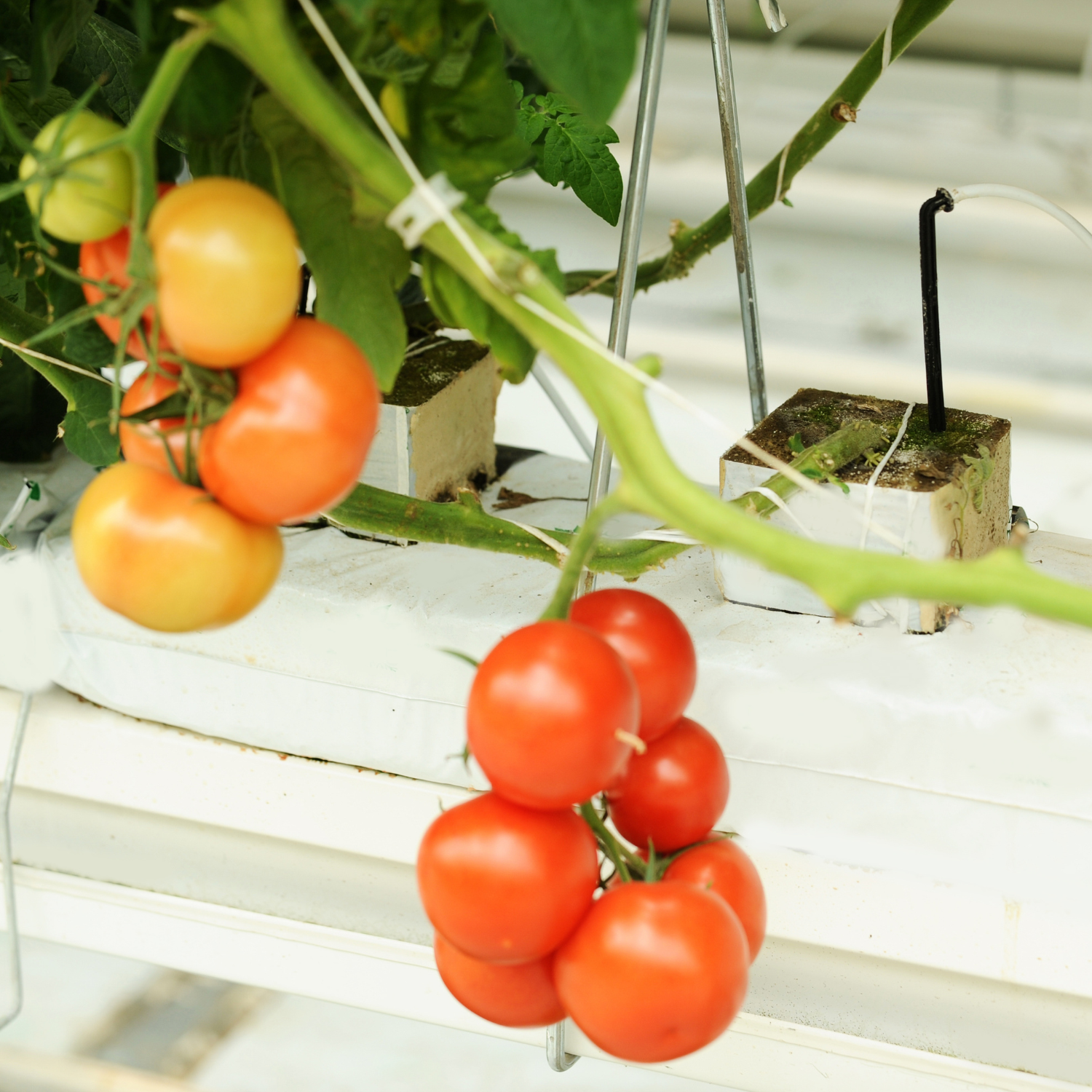
Introduction
Hydroponic gardening has gained immense popularity over the years, and for good reason. Hydroponic systems involve growing plants without soil, using nutrient-rich water instead. This method of gardening has proven to be highly efficient, productive, and sustainable. In this article, we will take a closer look at the different types of hydroponic systems and their benefits.
Types of Hydroponic Systems
There are six main types of hydroponic systems, each with its unique benefits and drawbacks.
Deep Water Culture (DWC)
DWC is one of the simplest and most popular hydroponic systems for beginners. In this system, plants grow in net pots that are suspended in a nutrient-rich water solution. An air pump is used to oxygenate the water and provide the necessary nutrients for plant growth.
Drip System
The drip system is also a popular choice for growers, especially for larger plants such as tomatoes and cucumbers. In this system, a timer-controlled pump drips nutrient solution onto the plants' roots. The excess solution is collected and reused, making it a highly efficient system.
Ebb and Flow System
The ebb and flow system is also known as the flood and drain system. In this system, plants grow in a tray filled with a growing medium, such as perlite or rockwool. The tray is flooded with nutrient solution at regular intervals, which then drains back into the reservoir.
Nutrient Film Technique (NFT)
NFT is a widely used hydroponic system for commercial growers. In this system, a thin film of nutrient solution flows over the plants' roots, which are suspended in a channel. The roots absorb the necessary nutrients while remaining moist and oxygenated.
Aeroponics
Aeroponics is a highly advanced hydroponic system that involves suspending the plants' roots in the air and misting them with a nutrient-rich solution. This system requires careful monitoring and maintenance, but it can produce some of the highest yields of any hydroponic system.
Wick System
The wick system is the simplest and most affordable hydroponic system. In this system, plants grow in a growing medium, and a wick is used to draw nutrient solution from the reservoir to the roots. This system is not suitable for larger plants or for those that require a lot of nutrients.
Benefits of Hydroponic Systems
Hydroponic systems offer several benefits over traditional soil-based gardening.
Water Efficiency
Hydroponic systems use significantly less water than traditional gardening methods. Since the nutrient solution is recirculated, very little water is wasted, making it a highly sustainable option.
Faster Growth and Higher Yields
Hydroponic systems provide plants with the necessary nutrients in an easily accessible form, leading to faster growth rates and larger yields.
Space Efficiency
Hydroponic systems can be set up in small spaces, making them ideal for urban gardening and indoor gardening.
Conclusion
Hydroponic systems are a highly efficient and sustainable way to grow plants. There are several types of hydroponic systems to choose from, each with its unique benefits. Whether you are a beginner or an experienced grower, hydroponic gardening can provide you with fresh and healthy produce all year round.





Leave a comment
This site is protected by hCaptcha and the hCaptcha Privacy Policy and Terms of Service apply.